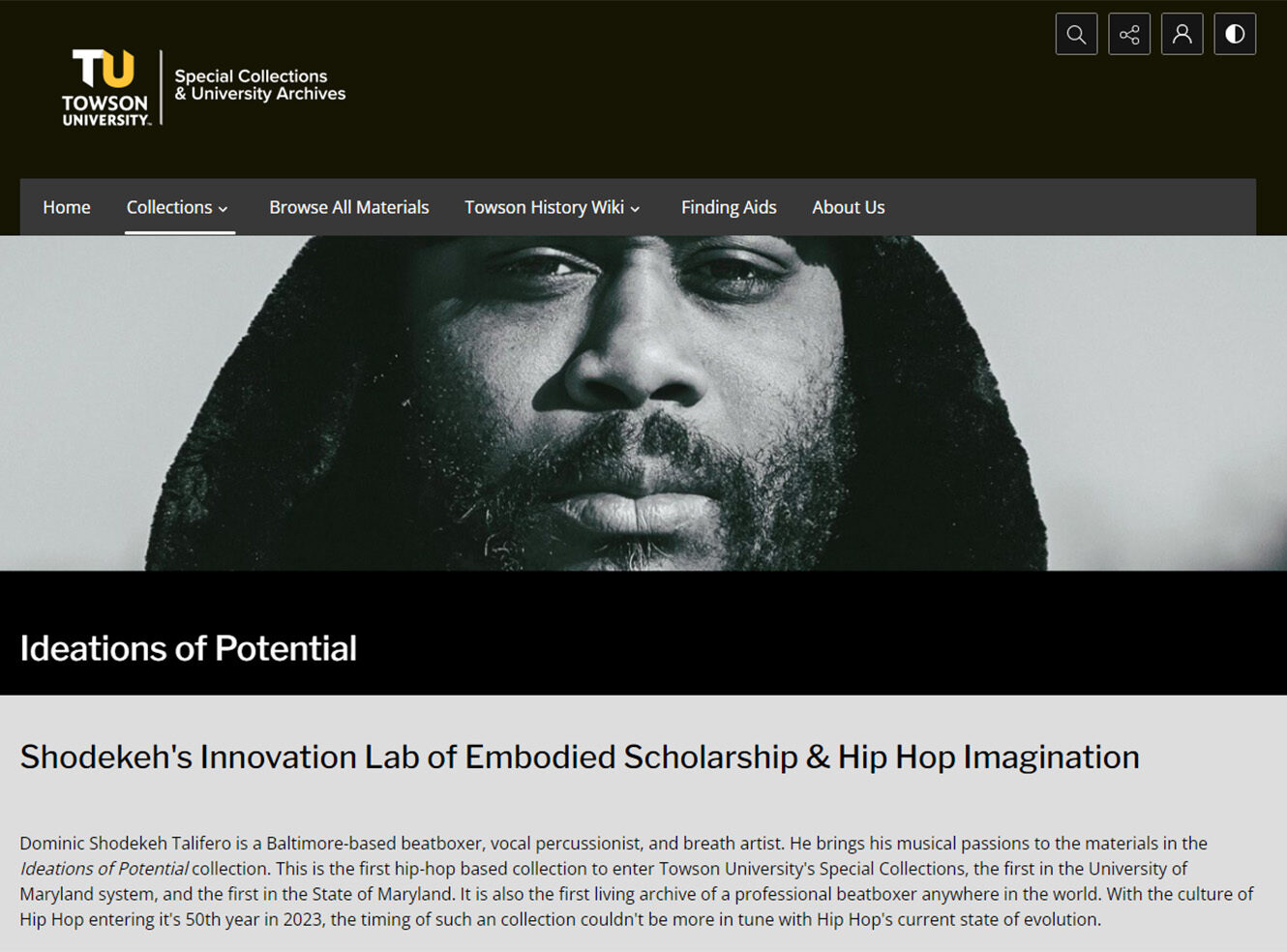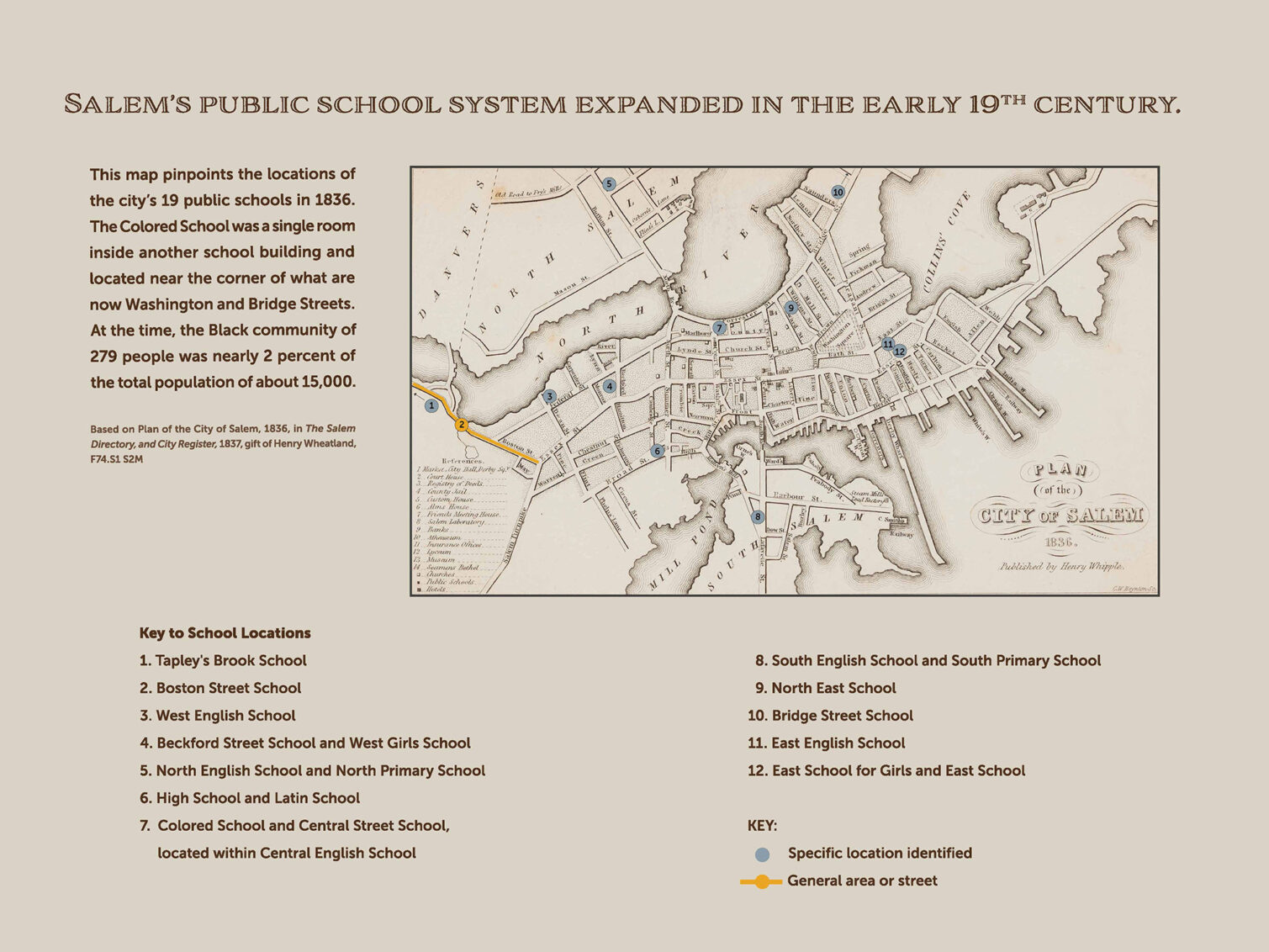Adopt, migrate, launch: now what? Using digital collections to build community
After spending months building your new digital archive – researching platforms, planning your migration, cleansing and ingesting assets and metadata, designing your front-end and configuring collections and exhibits – you finally launch. So now what? How will you build engagement around your reimagined digital collections and develop a sense of community?
As primary source publishers, we work hard to create engaging and interactive ways for users of our collections to access and interrogate digitised assets. We’ve built all of this knowledge, and more, into our digital asset management platform, AM Quartex, which you too can use to reinvigorate your digital collections.
To help ignite your creative process, consider the following three examples of institutions that are successfully using Quartex to strengthen engagement with their user communities.
Using local history to teach digital literacy
The use of primary sources in academia is well established but Harris County Public Library, Texas, is introducing local school-age children to the breadth of historical materials contained in its many digital exhibits.
“As a public library, literacy and digital literacy are part of our core mission,” says CJ Williams, Technical Services Manager. “One of our staff members, a former teacher, designed lesson plans that correspond to the exhibits and connect to our state standards, Texas Essential Knowledge and Skills (TEKS)."
The plans have sections about exploring and understanding primary sources or exhibits and help to teach digital literacy, critical thinking and how to perform research online, using local history as a starting point.

High School United States History lesson plan covering the bookmobile stops throughout Harris County.
Building a living archive
Engaging users with digital collections depends on the relevance of content to users’ own lives and experiences. So much more than a presentation of documents, Ideations of Potential is a ground-breaking collection being developed at Towson University’s Special Collections and University Archives (SCUA) in partnership with Dominic Shodekeh Talifero, a Baltimore-based beatboxer, vocal percussionist and breath artist.
Ashley Todd-Diaz, Assistant University Librarian at Towson University, says, “The flexibility of Quartex allowed us to highlight specific digital materials in the collection; for example, projects that [Shodekeh is] working on, things that are coming soon to tease the user into coming back."
Being able to link out to other related projects that he’s been a part of, and to embed media such as timelines, allows us to really tell a story around the collection.

Shodekeh's Ideations of Potential
Presenting hybrid experiences
A common driver for the publication of digital collections is a desire to better serve a geographically dispersed user community with digital experiences that, as closely as possible, replicate the physical experience of visiting your search room or gallery.
For the Peabody Essex Museum (PEM), Massachusetts, access for all is a guiding principle which led the museum’s Phillips Library to Quartex when conceiving its gallery exhibit, Let None Be Excluded: The Origins of Equal School Rights in Salem.
Through Quartex, the library was able to present digitised versions of all of the exhibit’s historical materials as well as interpretation panels and guidance documents, all supported by the power of automated transcription, full-text search and powerful image viewers.
“It’s really crucial for us to create additional experiences that are accessible from anywhere in the world,” says Dan Lipcan, Ann C. Pingree Director of the Phillips Library. “Quartex helps us do that through the digital collection experience, with a set of accessibility features that is really impressive.”
We’re excited about the potential of the [Quartex] platform to provide this additional aspect to our exhibitions.

Map of Salem's Public School System, taken from the exhibit, Let None Be Excluded
Building strong, lasting communities
There are many further ways in which these, and other, institutions using Quartex have engaged their communities with digital collections, through oral history projects, internal and external collaborations, and more.
As publishers, we too are devising new, visually dynamic ways of presenting primary sources in Quartex to create engagement with our user communities.
Together, we’re reimagining what it means to provide digital access to our shared heritage and building stronger communities by doing so.
Learn more
Harris County Public Library: lesson plans
Recent posts

The blog highlights American Committee on Africa, module II's rich documentation of anti-apartheid activism, focusing on the National Peace Accord, global solidarity, and student-led divestment campaigns. It explores the pivotal role of universities, protests, and public education in pressuring institutions to divest from apartheid, shaping global attitudes toward social justice and reform.

This blog examines how primary sources can be used to trace the impact of young voices on society, particularly during pivotal voting reforms in the UK and the US. Explore materials that reveal insights into youth activism, intergenerational gaps, and societal perceptions, highlighting their interdisciplinary value for studying youth culture, activism, and girlhood across history.
